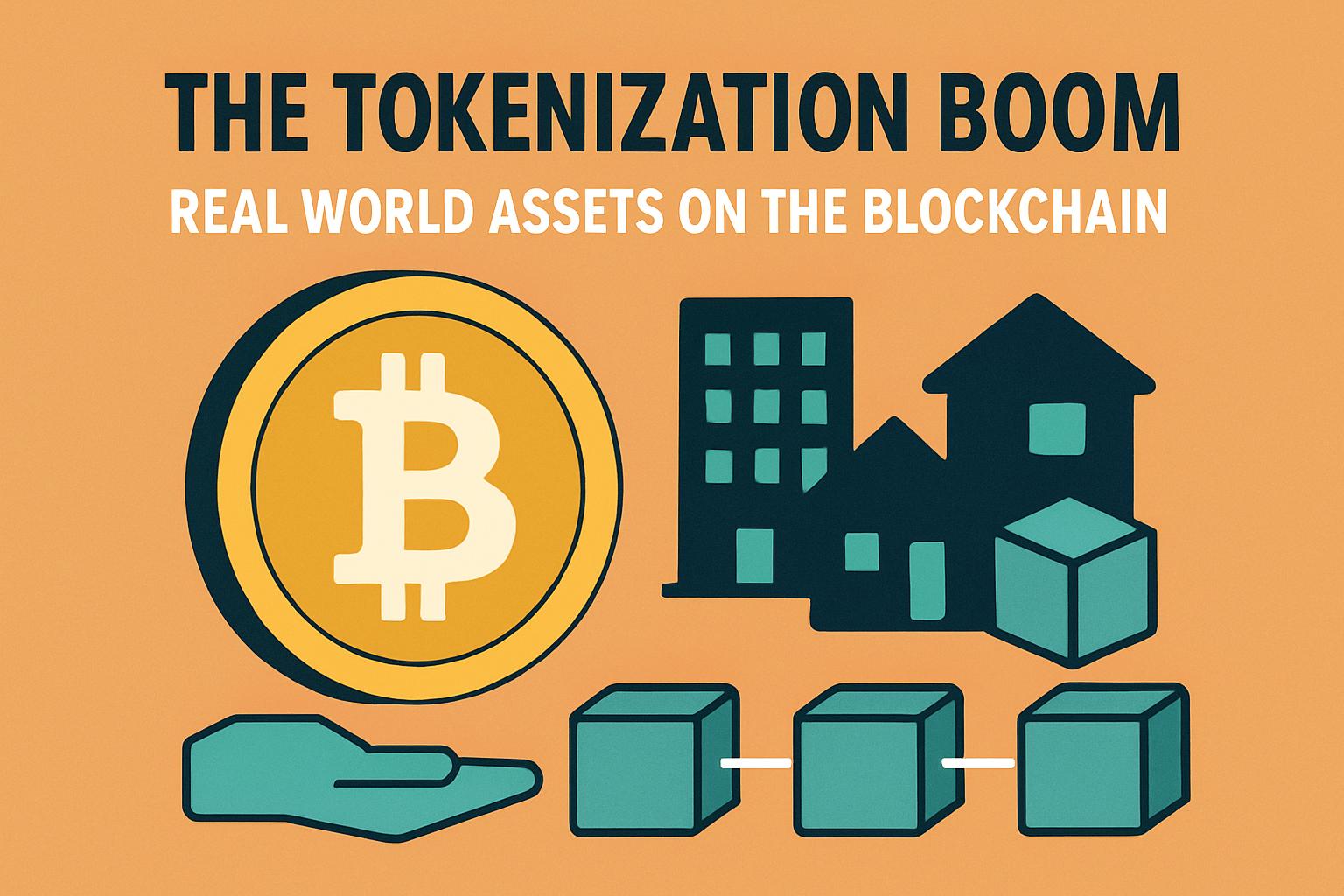The world of finance stands at the brink of transformation, with real world assets (RWAs) becoming tokenized at an astounding pace. Over five short years, this sector has rocketed from a modest experiment worth $85 million to a robust $25 billion market, growing 245 times thanks to a strong institutional demand for yield, transparency, and efficiency.
The Liquidity Paradox
At the heart of this transformation is what analysts call the ‘RWA Liquidity Paradox’. Real assets like loans, real estate, and commodities, traditionally slow and cumbersome, are being wrapped in blockchain’s fast-paced trading environment. While tokenization promises liquidity, it constructs a facade—an illusion of liquidity surrounding these inherently illiquid cores.
The Bridge Between TradFi and DeFi
Analysts project that assets worth trillions of dollars may soon follow. This evolution is seen as the pivotal bridge connecting traditional finance (TradFi) with decentralized finance (DeFi). The allure lies in the possibility of pairing real-world asset security with blockchain’s speed and transparency.
Layers of Complexity and Risk
Yet, beneath this excitement lies structural pitfalls. Tokenization doesn’t alter the intrinsic nature of office buildings, private loans, or gold bars—assets that are inherently illiquid and slow-moving. This mismatch risks transforming a financial system’s slow credit and valuation risks into high-frequency volatility that could spread rapidly.
Indeed, if this setup sounds eerily familiar, it should. The 2008 financial crisis taught us the hazards of converting illiquid assets into ‘liquid’ derivatives. Back then, sub-prime mortgages collapsed slowly, while collateralized debt obligations (CDOs) and credit default swaps (CDS) decimated swiftly.
A New Era, Old Lessons
Imagine tokenizing a commercial property in New Jersey. On the blockchain, these assets can trade instantly, leveraging a liquidity shell for what remains a snail-paced core. Confidence shocks—rumors, oracle delays, or sudden sell-offs—can trigger automated liquidations within minutes, mirroring the cascading crises of the past.
Preparedness or Precariousness?
The burgeoning field of RWA tokenization indeed promises to enhance financial connectivity and efficiency. However, as history warns, beneath the digital sophistication lurk age-old risks. Assets retain their immutable characteristics, making design choices—such as conservative oracles, stringent collateral standards, and robust circuit breakers—critical to sidestep past pitfalls.
Thus, while the tokenization of RWAs opens new frontiers, it demands a cautious approach. Embrace the innovation, yes, but with a vigilant eye on potential tremors that could escalate at digital speed.

![[News] Bitcoin at a Turning Point? 10x Research Signals a Bullish Macro Shift Ahead](https://cryptoexplores.com/wp-content/uploads/2025/06/new20250616.jpg)
![[News] Binance Lists $HOME, the Gas-Free, Bridge-Free All-in-One DeFi App](https://cryptoexplores.com/wp-content/uploads/2025/06/news20250617.jpg)